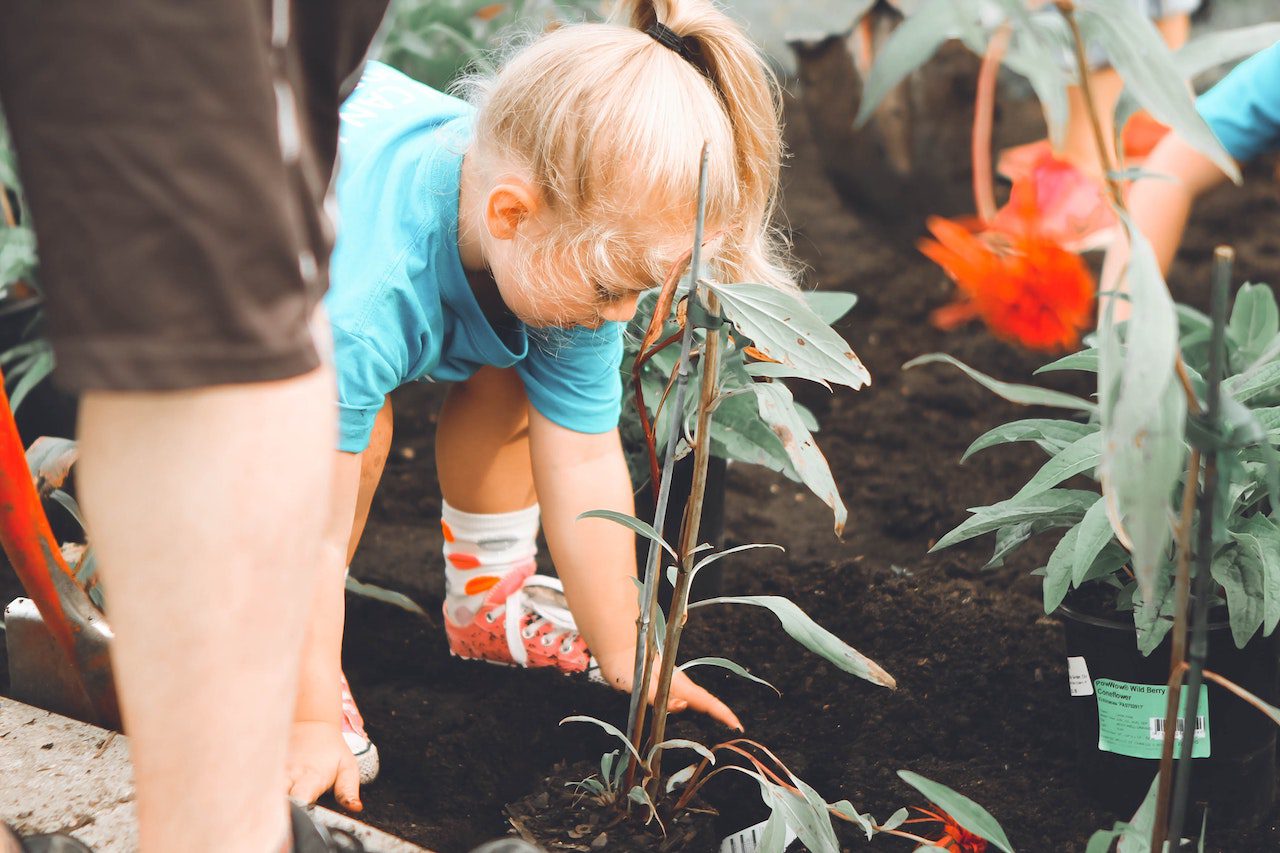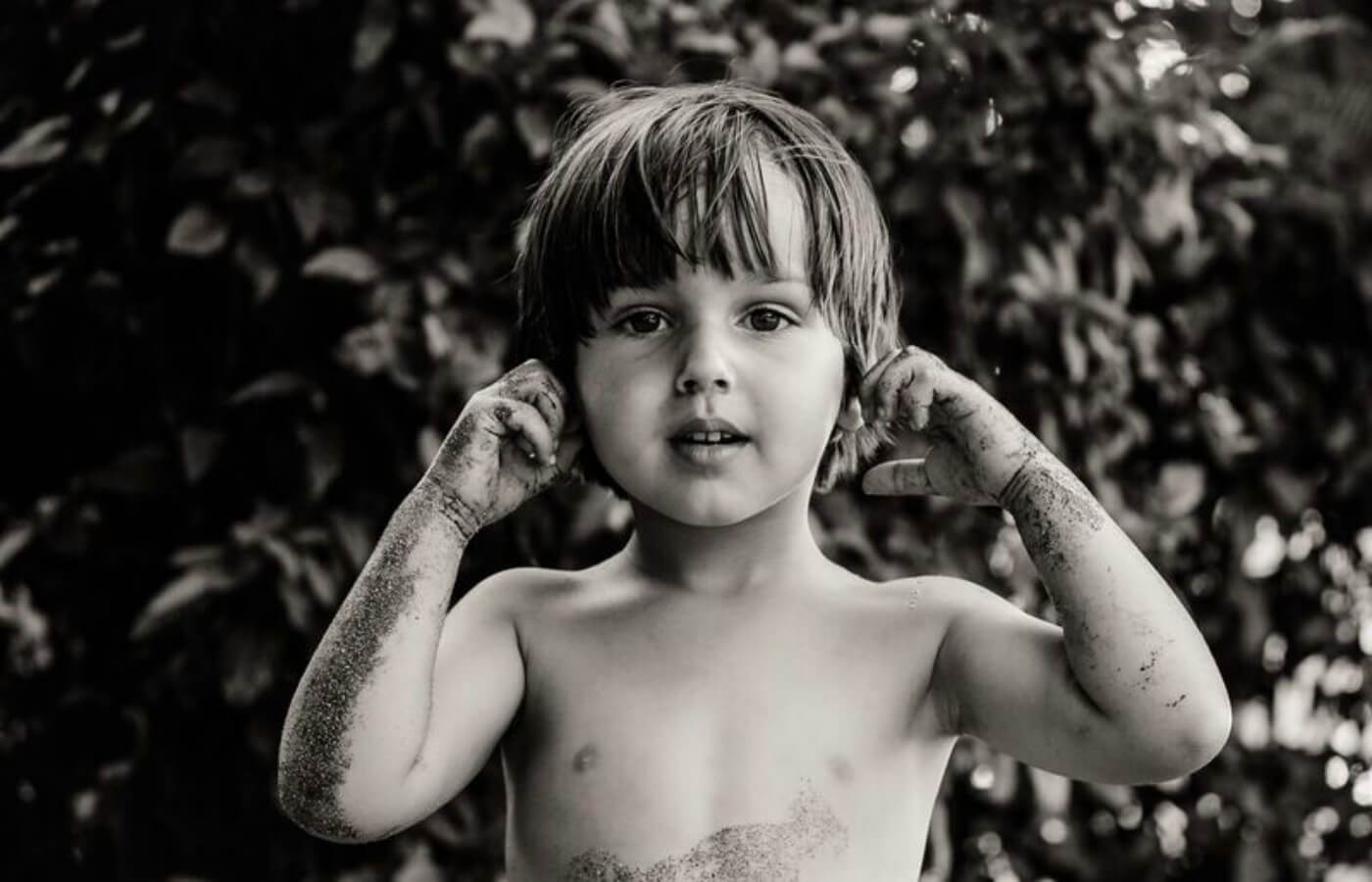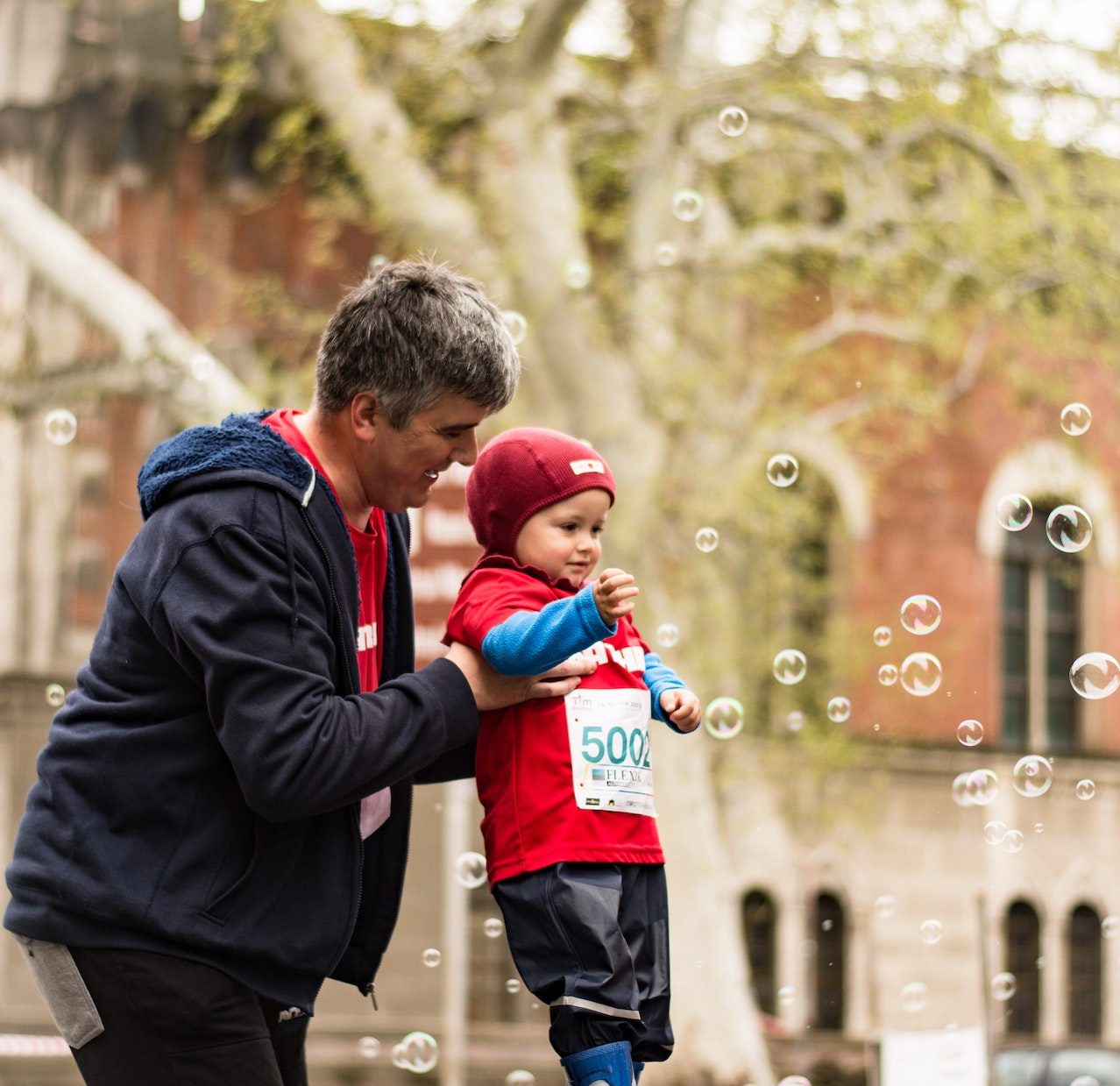Ways to Teach Your Child Kindness

As a proud mom of three sons, I’ve made my home more like a locker room than a designer showcase. I made sure there were couches and carpeting to decrease the likelihood of injuries. Despite all of the rough-housing and teasing, I just expected that they would be kind to each other. I never even thought they would need to “learn” to be kind. Instead, I felt they would catch it by watching me and automatically learn to be kind people. That’s not the case. Kindness is a skill that we must teach our kids, but it will last a lifetime.
Here are seven ways to teach your child kindness:
1. Model kind behavior.
I can’t overstate the fact that YOUR KIDS ARE WATCHING YOU. They are watching and listening to how you talk about your boss after a long day of work. Are you kind even when you are frustrated? It’s hard to tell your child to be friendly and thoughtful while your behavior toward others isn’t nice and kind.
2. Give them opportunities to be kind.
Kindness begets kindness. Say something like this to your child: Hey, you know it’s trash day. I see that Mr. Smith’s can is still at the curb. Wouldn’t it be kind if we rolled it up for him?
This may be a small gesture for an elderly neighbor, but you are sowing seeds of kindness in your child’s heart.
3. Develop your child’s emotional vocabulary.
Just like we teach our children words for body parts, animals, and colors, they need words for emotions so they can express themselves kindly. Include a variety of emotions: sad, happy, angry, hurt, or embarrassed, etc. We also have to teach our children to watch body language and facial expressions. Play Emotions Charades with your child so they can learn different emotions and kind ways to respond or show how they feel.
4. Make kindness a habit.
Research has shown that it takes 21 days to form a habit. Create a list with your child of small things that you can do to be kind. Start the conversation with: I know this month we are trying to be kind to others. What is something that you can do daily? Examples include:
- Smiling when you see someone.
- Complimenting someone.
- Saying please and thank you.
- Creating a Family Kindness month. where your family performs acts of kindness.
- Organizing a Kindness Club in your neighborhood.
5. Remember that kindness begins at home.
Home is the first place for our kids to learn about kindness. Your children must learn how to interact with parents, siblings, extended family, and family pets. Having specific expectations like not hitting and not yelling at others are ways to start the process.
6. Recognize when your child is being kind.
Try to “catch” your child in the act of being kind. Maybe they fed the pet when it wasn’t their turn. Perhaps they picked up something they didn’t drop. Acknowledge their kindness by saying, Thank you so much. I appreciate that you ______________.
7. Encourage kindness – even when it’s hard.
It’s easy to be kind to someone you know and like. But how do you encourage your child to be kind if they don’t like someone? Or if that someone has been unkind to them? That’s tough. But you get to set the standard for kindness in any situation.
You may have to have a conversation with your child to acknowledge that it may not seem fair or right. It might also be helpful to explore what that unkind child may be feeling or experiencing in their lives which may cause them to act unkindly. Lastly, praise your child for trying.
One of my proudest moments as a parent came when my youngest son was in the 4th grade. His teacher texted me to say that he chose to sit with a new student at lunch instead of his regular friends. She said this student was having some trouble fitting in and the class knew and recognized it. However, the new student immediately became a part of the group through that one act of kindness.







Thoughts? Leave a Comment